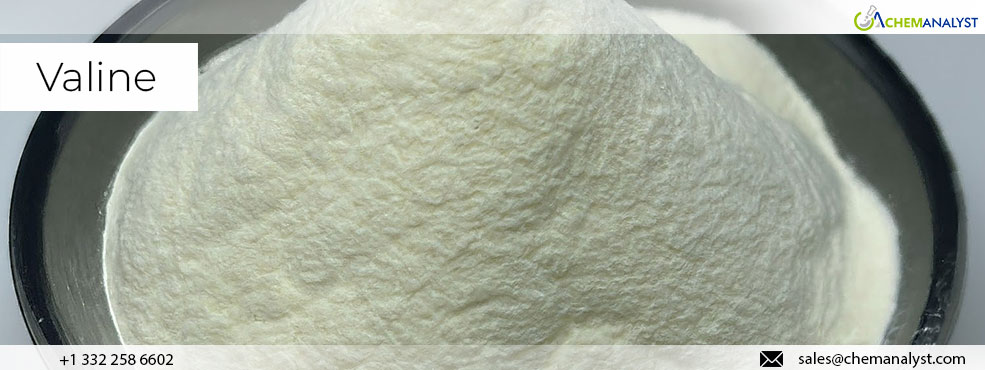Welcome To ChemAnalyst

Throughout the month of April 2024, the Valine market, especially within the United States, continued to decline. The Valine market continued to remain weak in general, although spot deliveries remained stable within the region with buyers actively procuring solely based on their necessities. Sportingly, export prices concerning Valine from major producing nations particularly continued to drop, which influenced the market sentiments within the importing nations as well. Recent trends indicate a notable downturn in demand for Valine, primarily stemming from the animal feed industry, its largest consumer. Several factors contribute to this decline, including reduced consumer spending on animal products and shifts in consumer purchasing towards other amino acids, Higher surplus supply surpassing current demand levels both within importing and exporting nations, and lastly, fluctuations in production costs.
Starting with, reduced consumer spending, the economic downturn continued as consumers faced a persistent economic hardship. As options on Secured Overnight Financing Rate (SOFR) futures continued to show a higher probability that the Federal Reserve could hike interest rates a quarter percentage point this year and next as U.S. inflation and the labor market remain resilient. Higher interest rates make borrowing more expensive, which can slow down economic activity and reduce demand for goods and services. As a result, consumers continue to cut back on spending on various commodities including food, feed, and other sectors, consequently, for Valine, which is an essential amino acid for animal growth.
Adding up to this further, Higher surplus supply added another layer of complexity as with persistent drop in regional demand and offtakes traders continued to grapple with excessive inventories, thereby affecting the overall trading dynamics concerning the Valine across the region. Moreover, fluctuations in production costs such as reduction in the prices of feedstock, particularly the corn. The overall price of corn in the production area including China continued to remain on the weaker side. In response to the ongoing increase in gas temperatures, the corn market volume in North China has been steadily rising. Following the successful replenishment of corn inventories by deep processing enterprises, the purchase price of corn has once again been reduced, contributing to sustained pressure and weak performance in the domestic corn market. Consequently, with market demand remaining relatively stable and domestic sales in the production area proceeding slowly, traders in sales areas are exercising caution in their purchasing behaviors, opting to supply materials at lower costs. This in turn impacts the market dynamics of end-products, particularly Valine.
This further influences the overall production cost of Valine involving corn as a feedstock resulting in a lower price of product for the importing nations. However, with continuous lower demand, Valine supplies continued to exceed the downstream and overseas requirements. This leads to a build-up of stockpiles, putting downward pressure on prices.
We use cookies to deliver the best possible experience on our website. To learn more, visit our Privacy Policy. By continuing to use this site or by closing this box, you consent to our use of cookies. More info.
